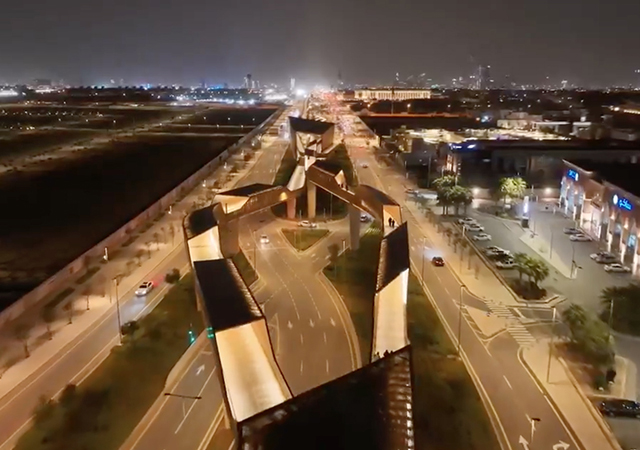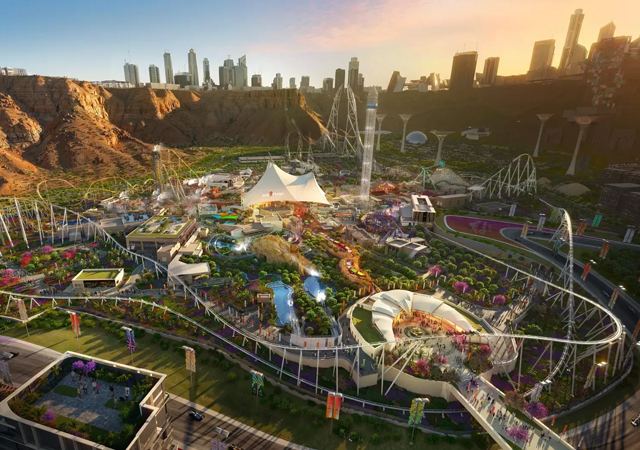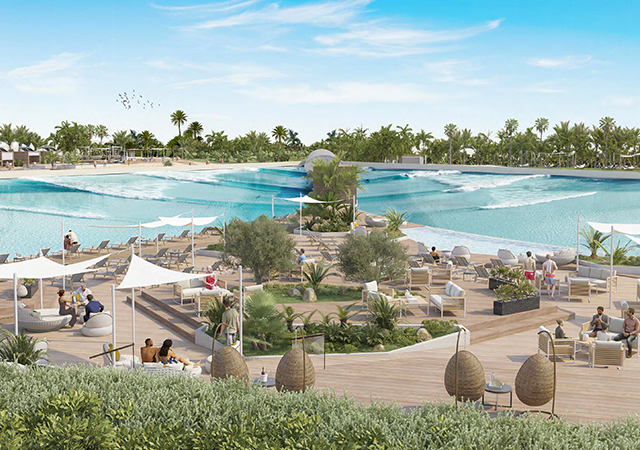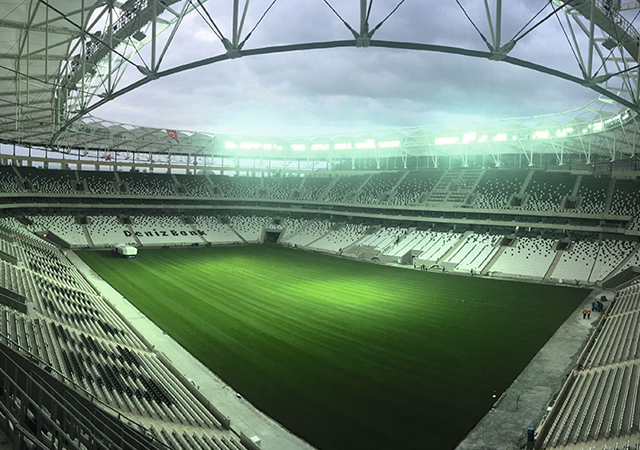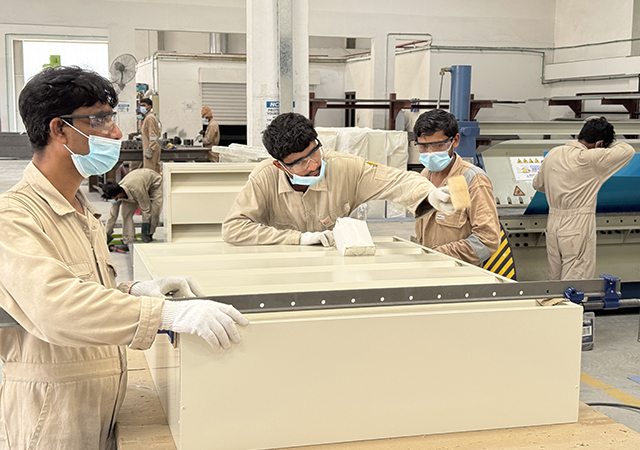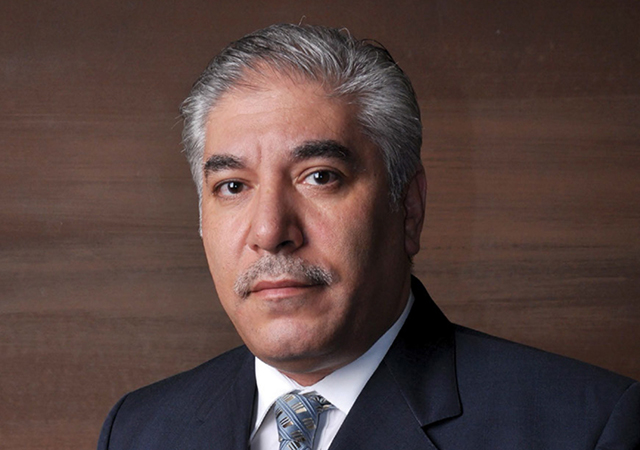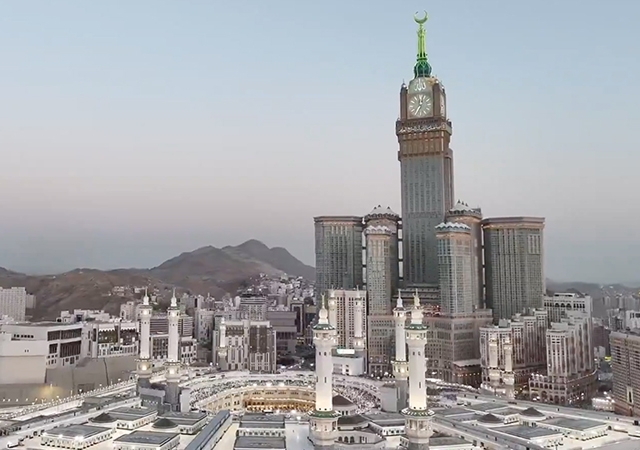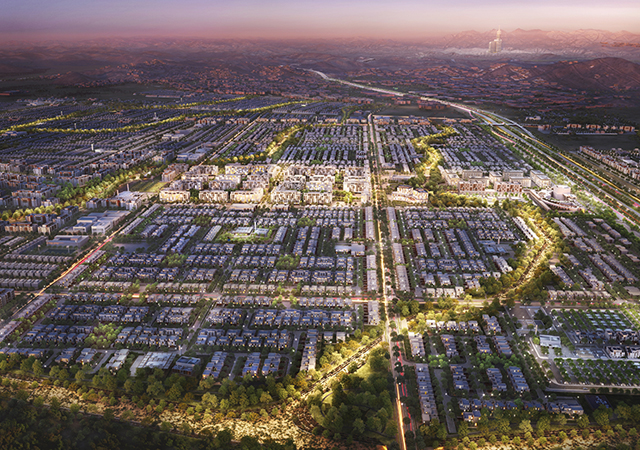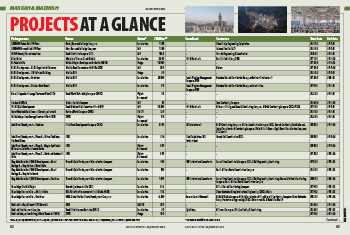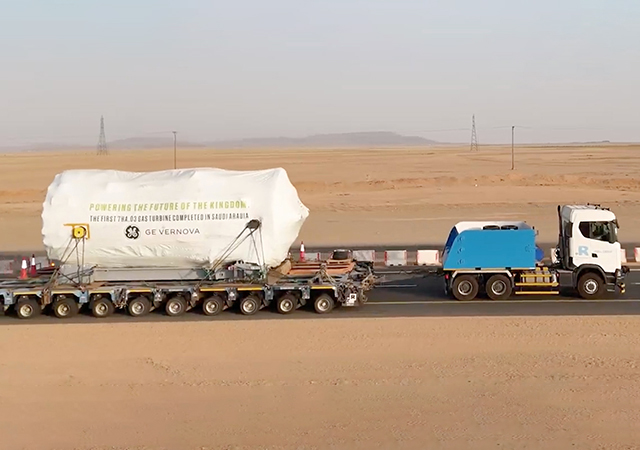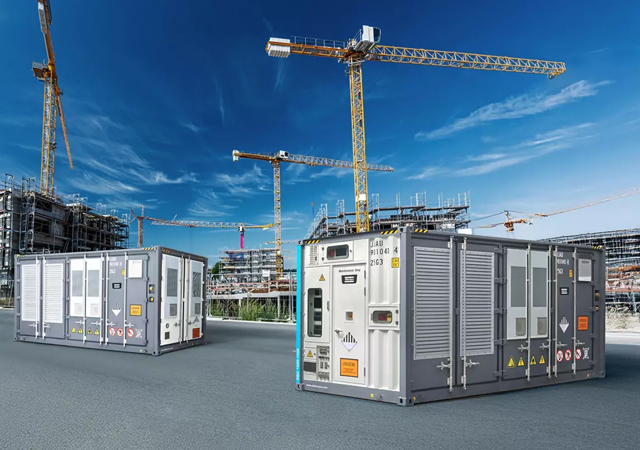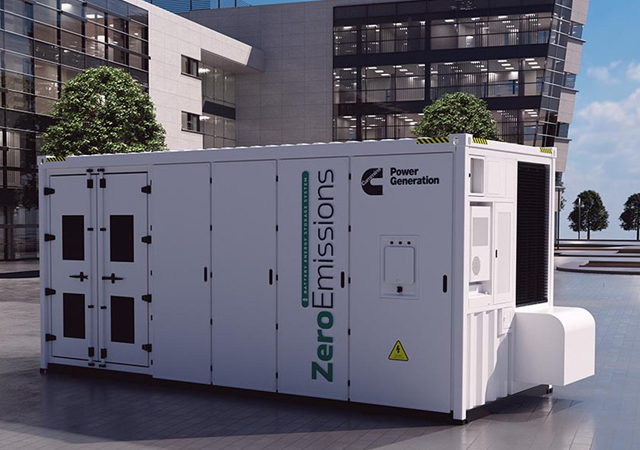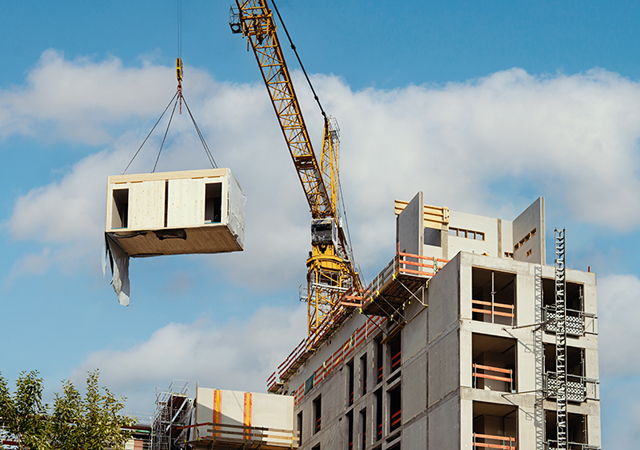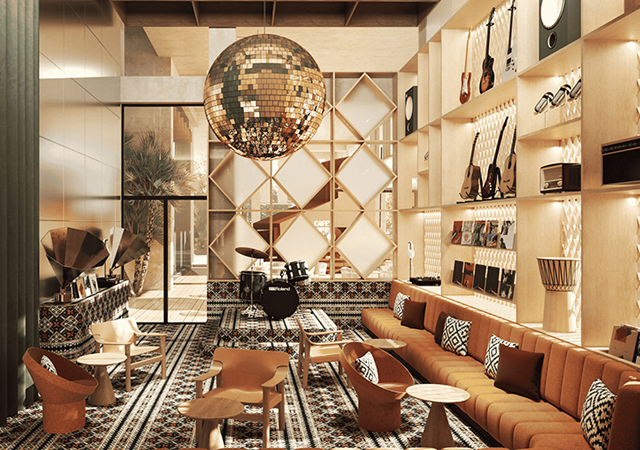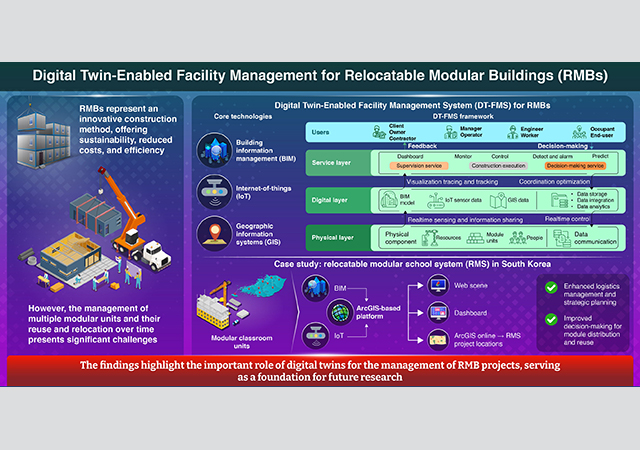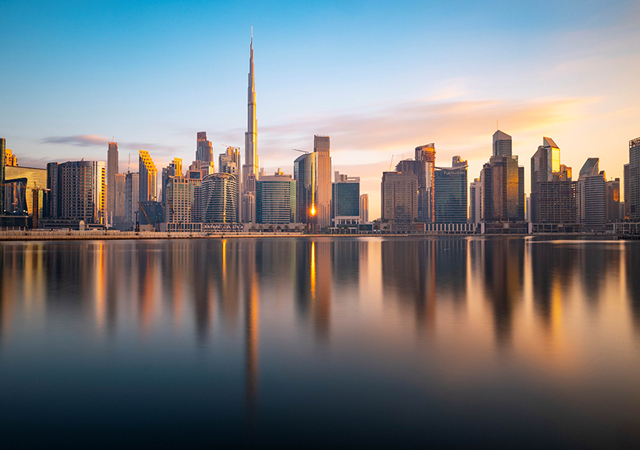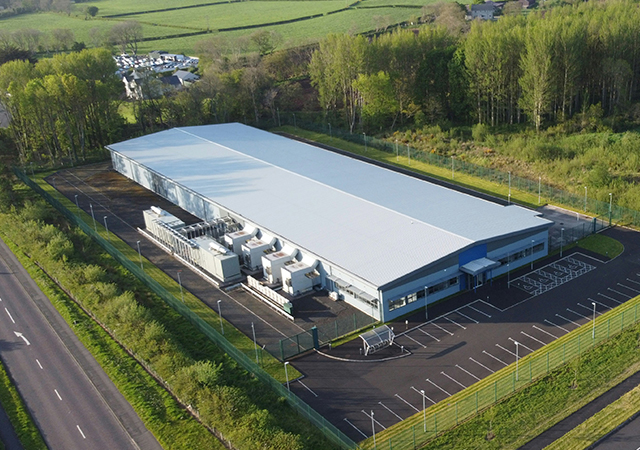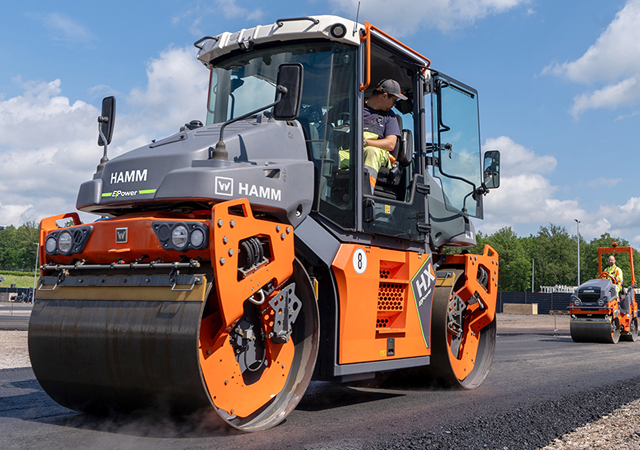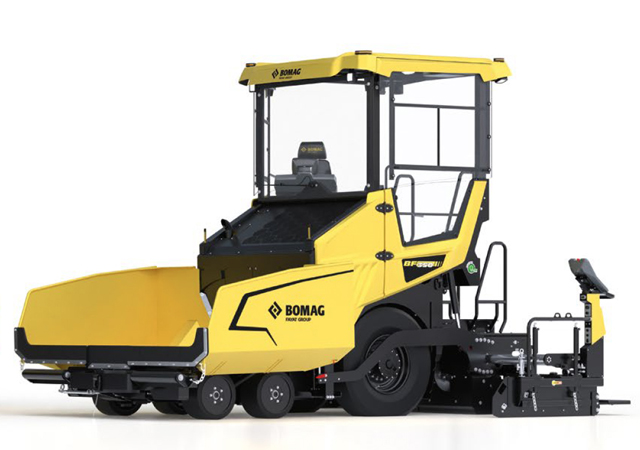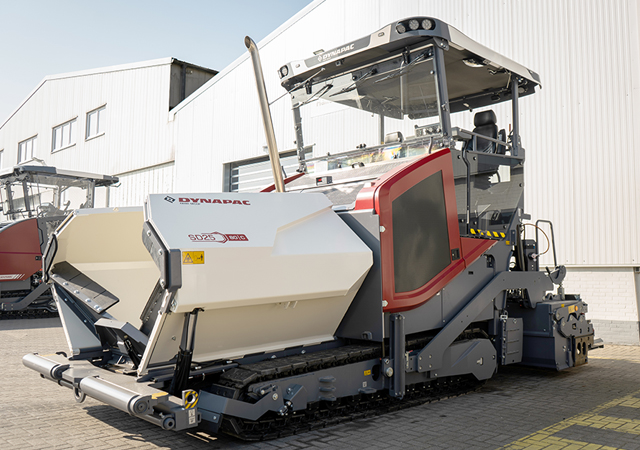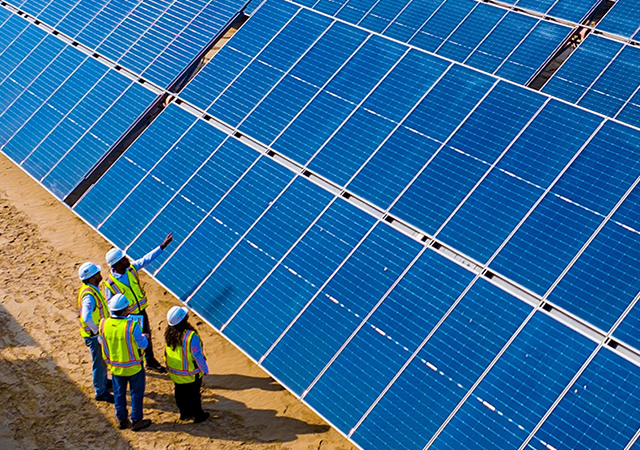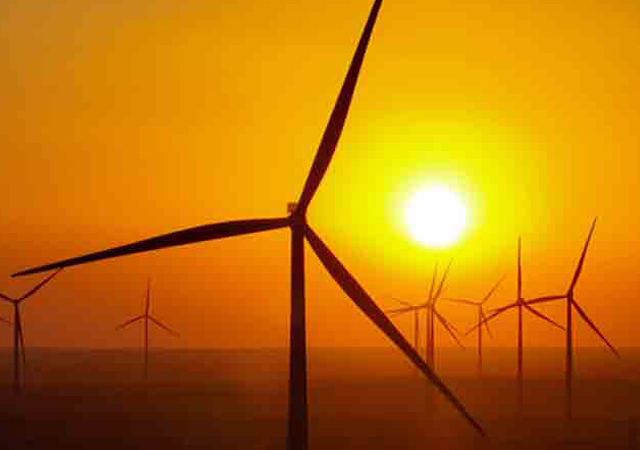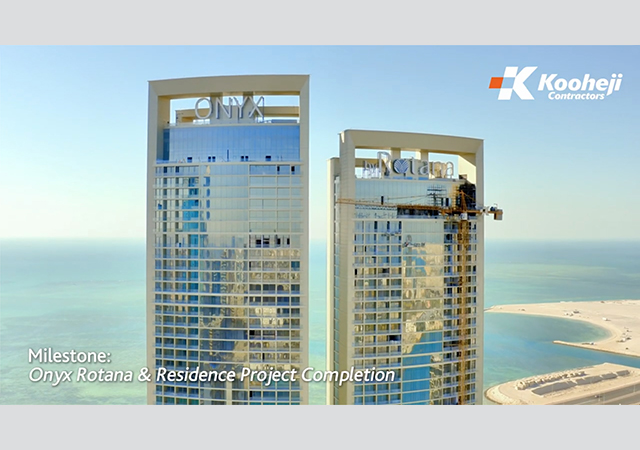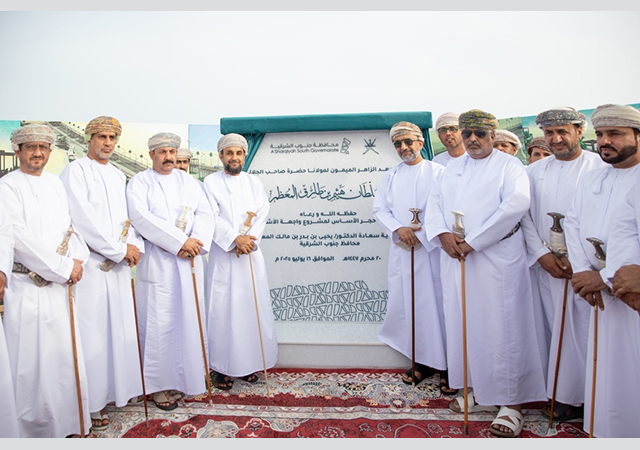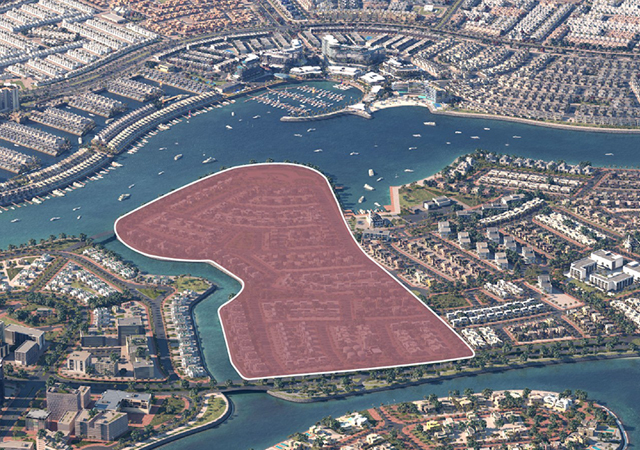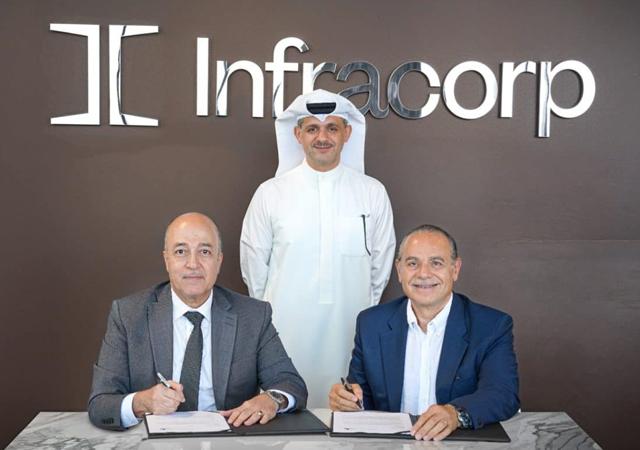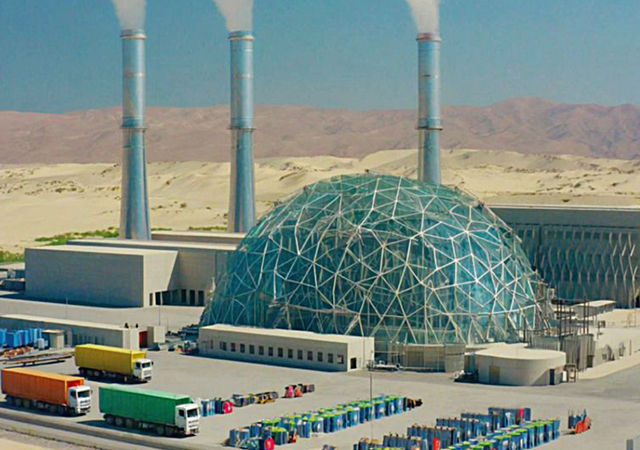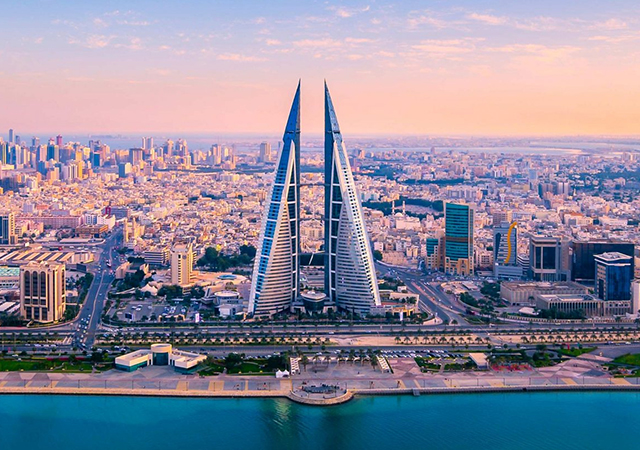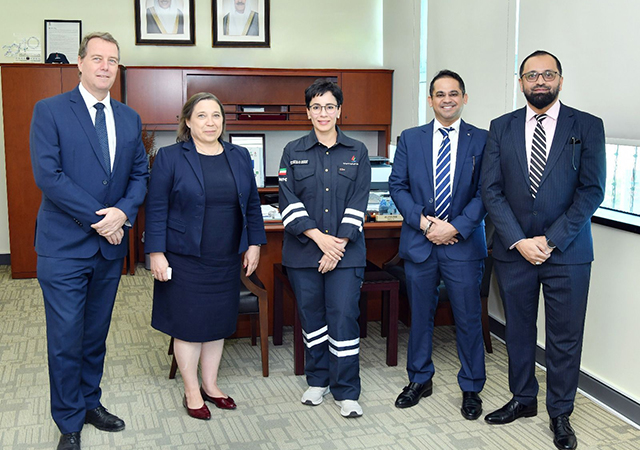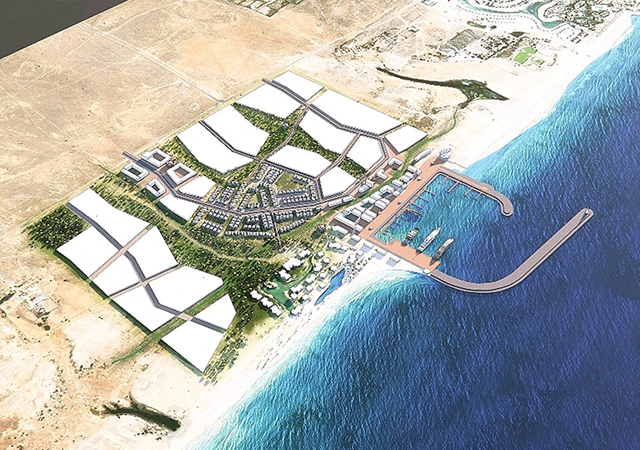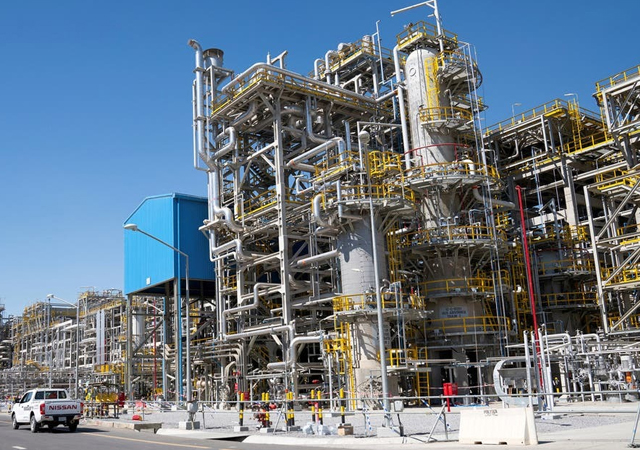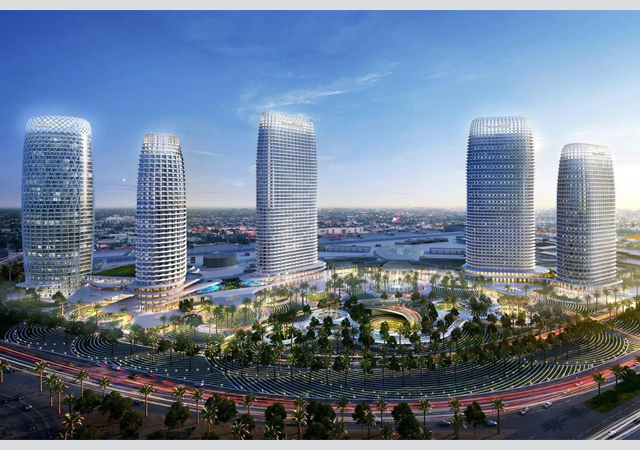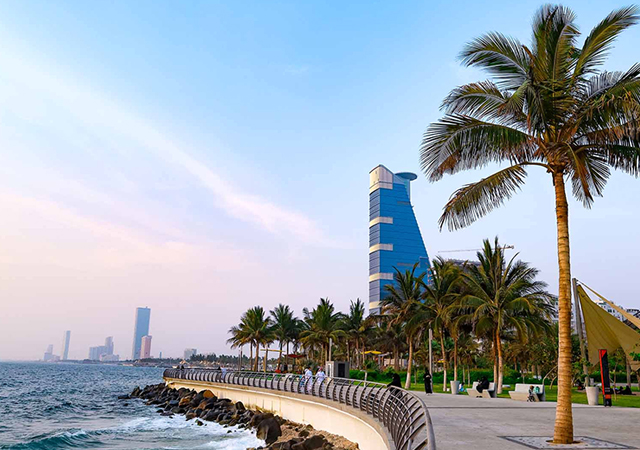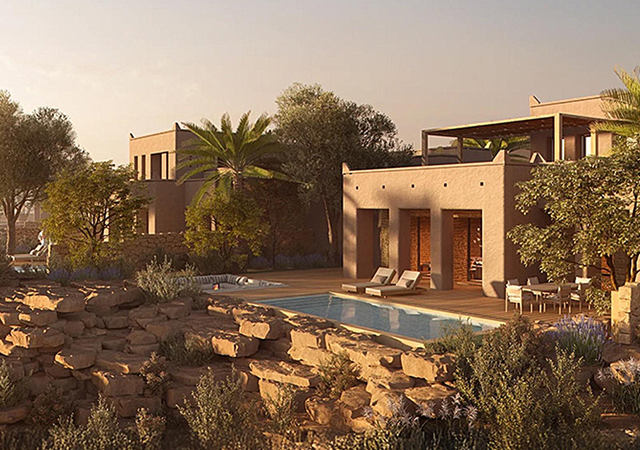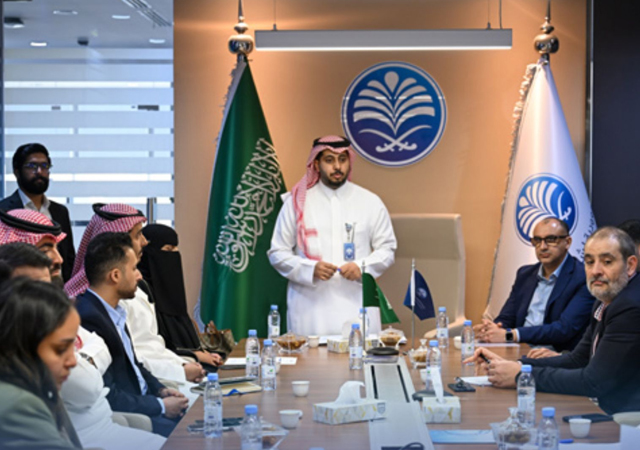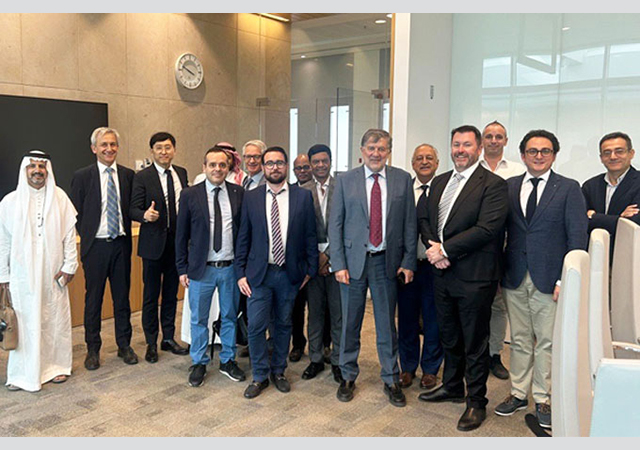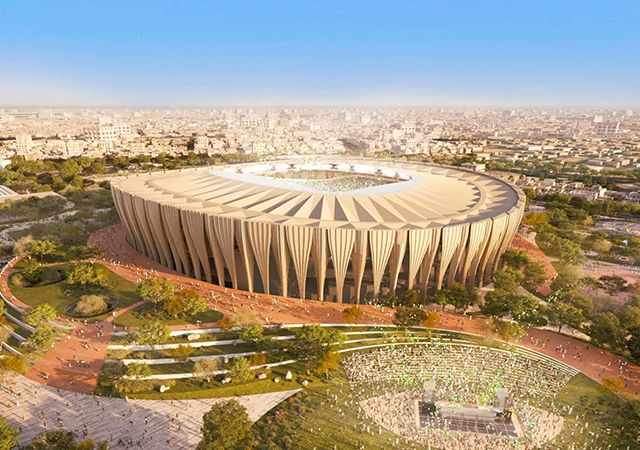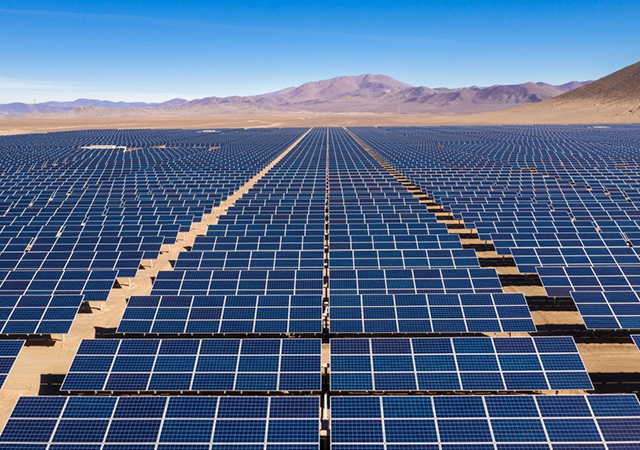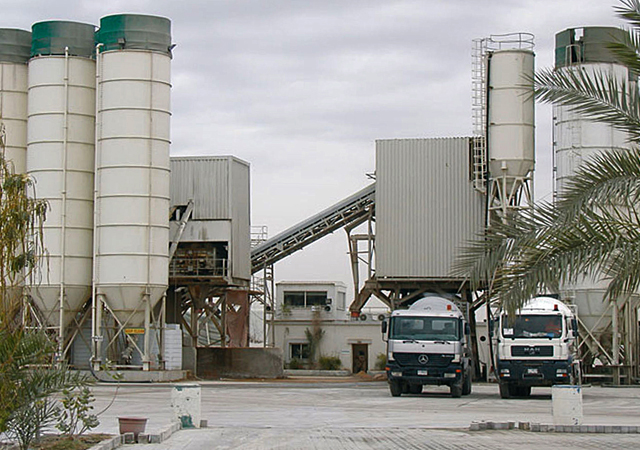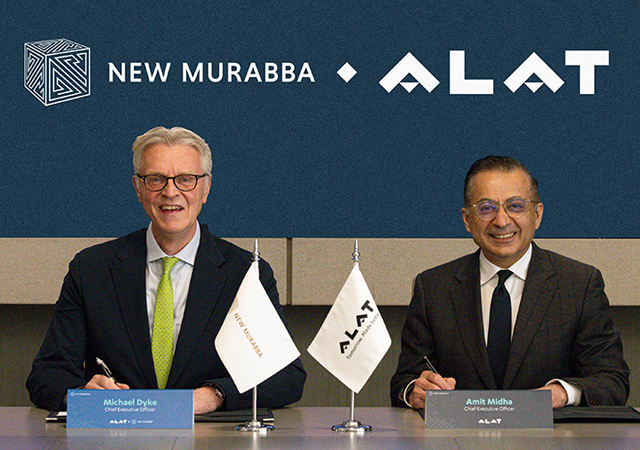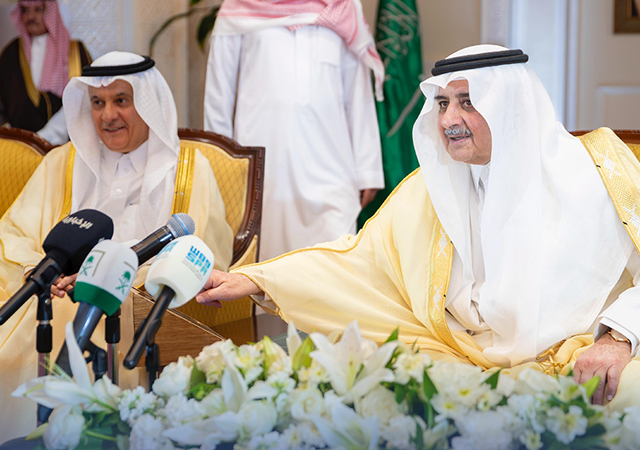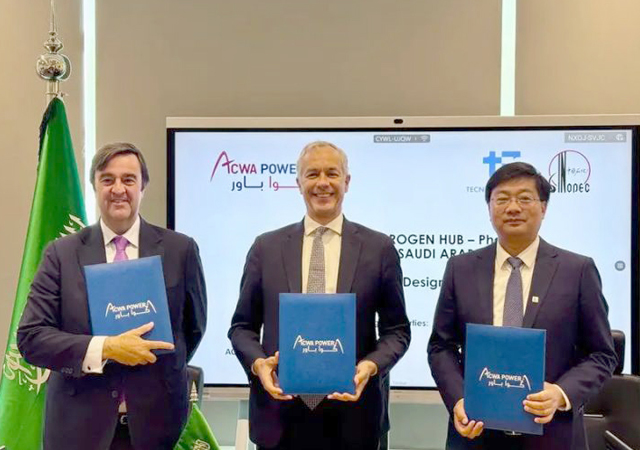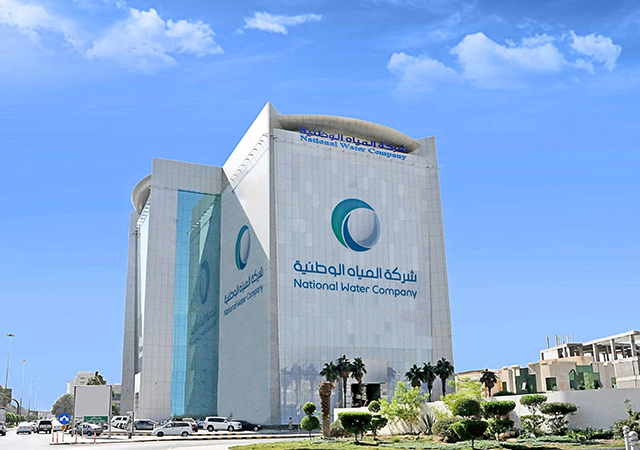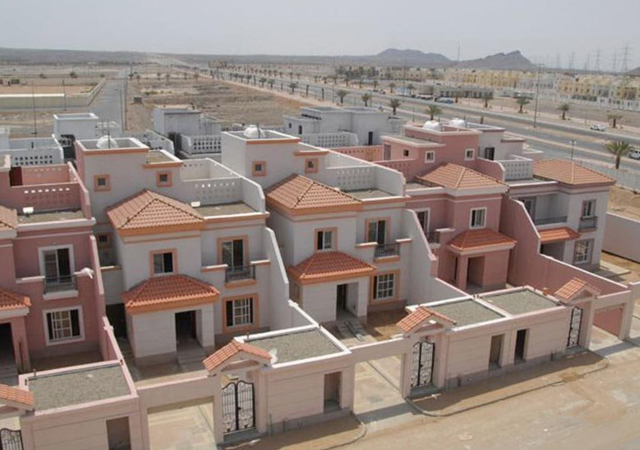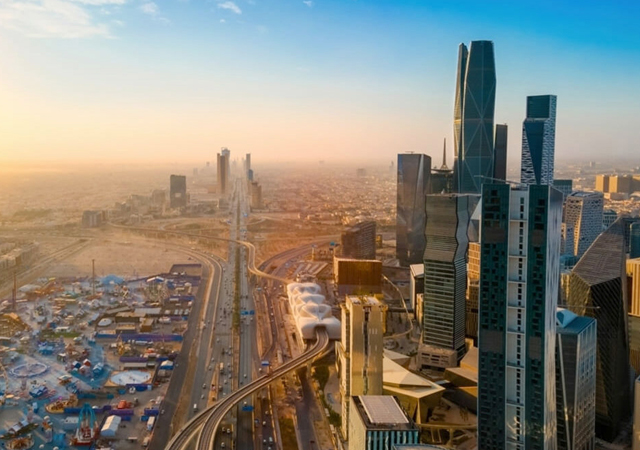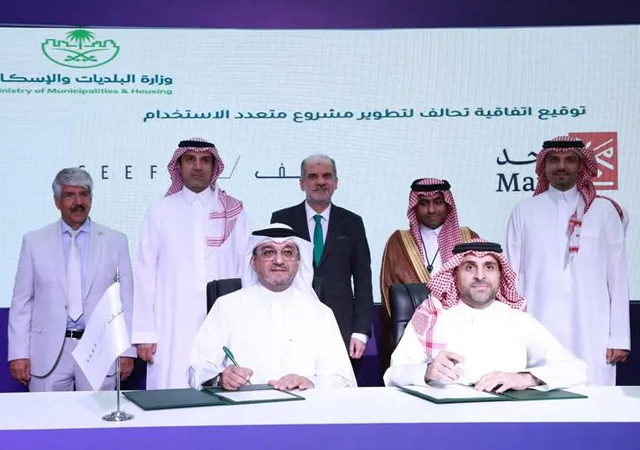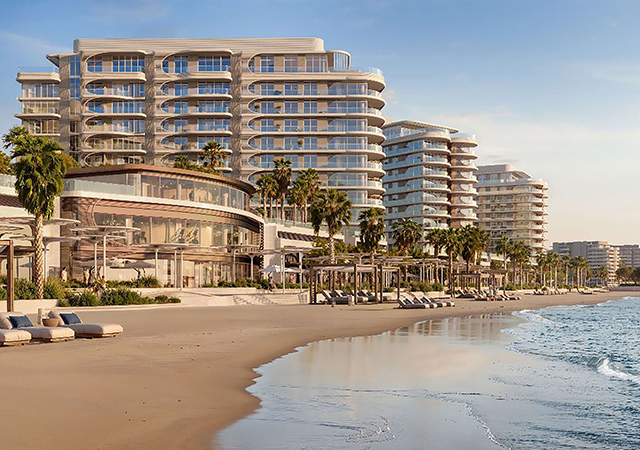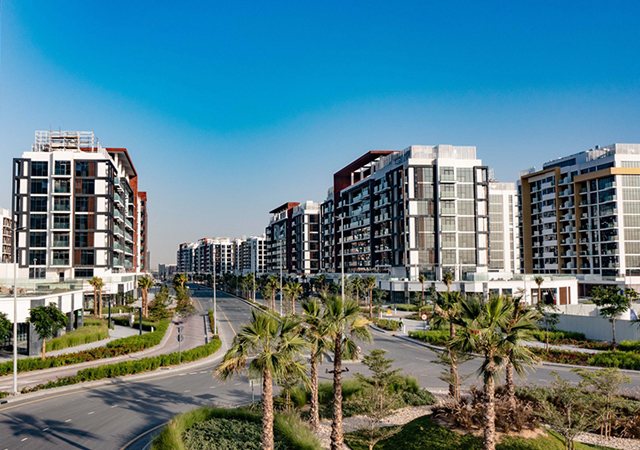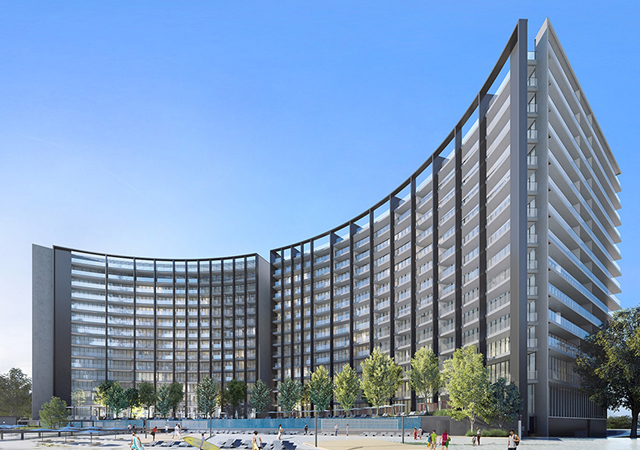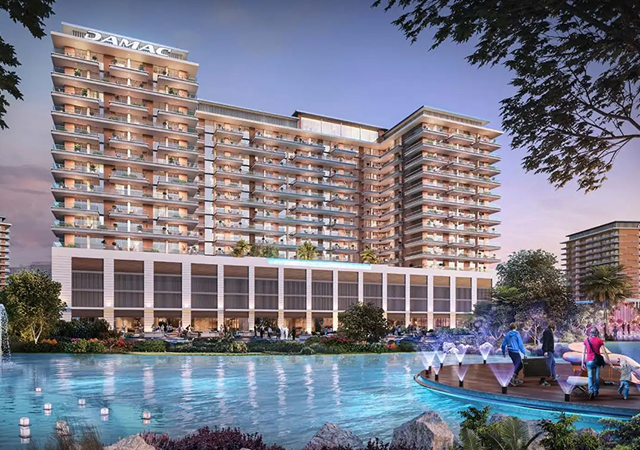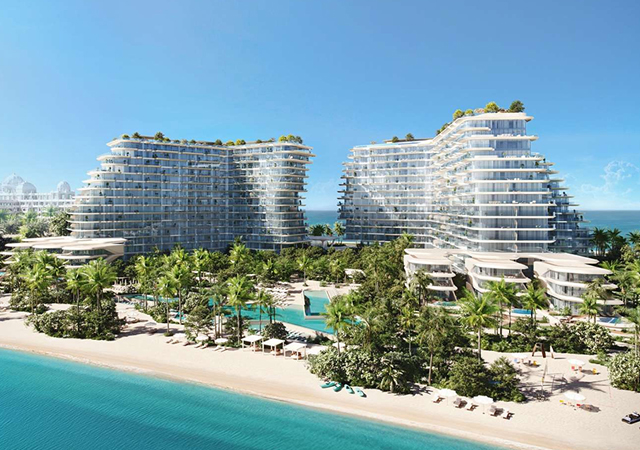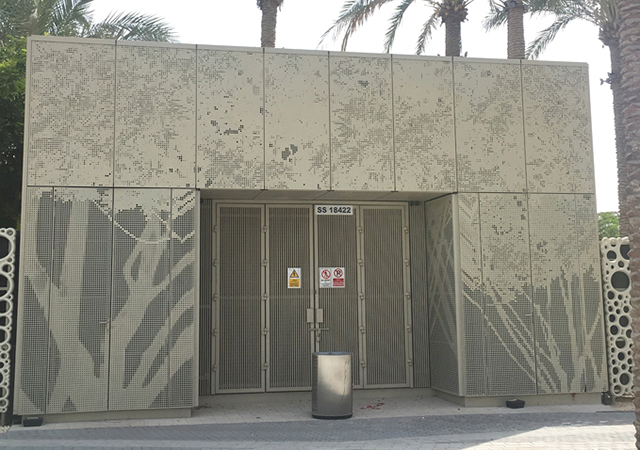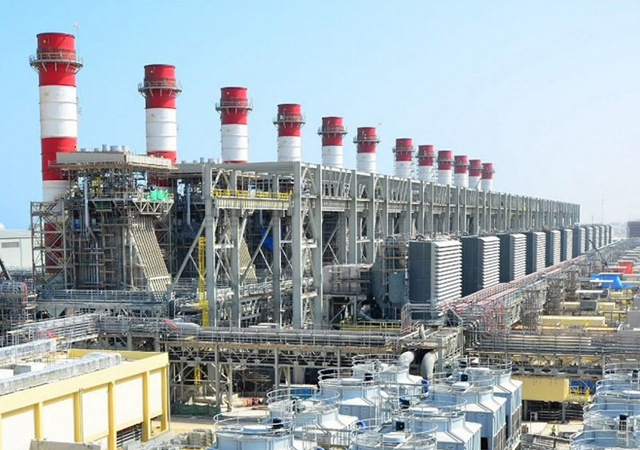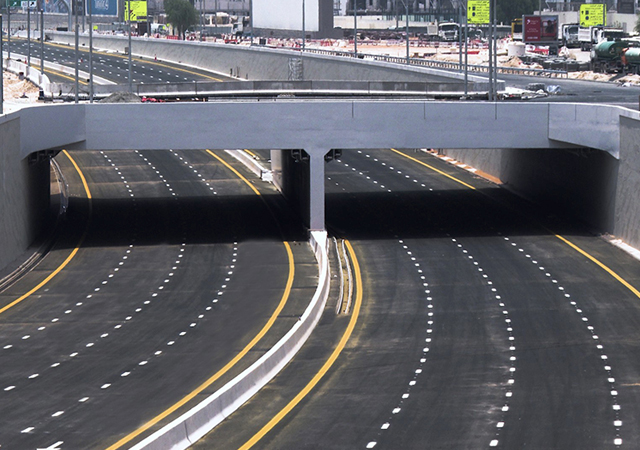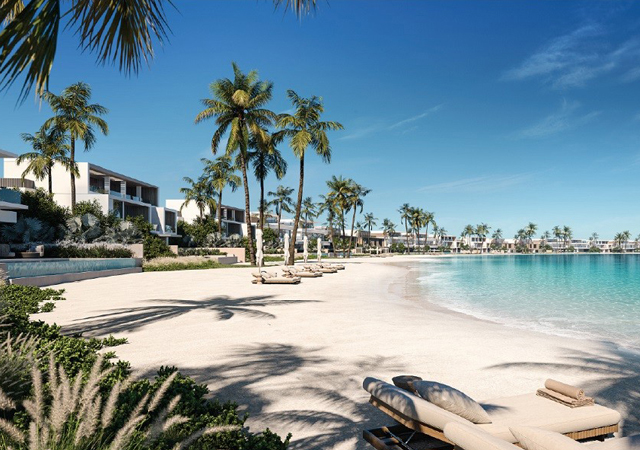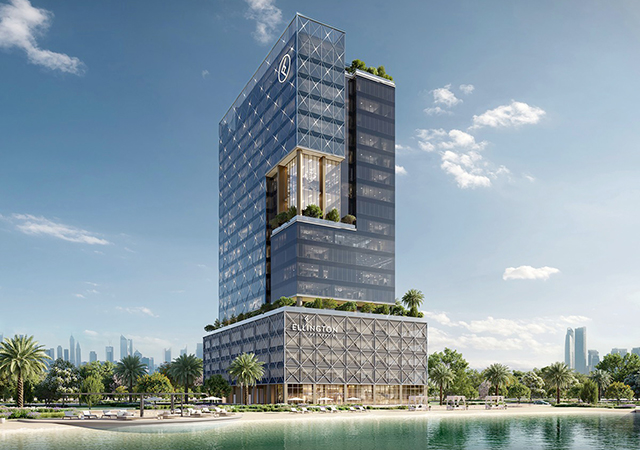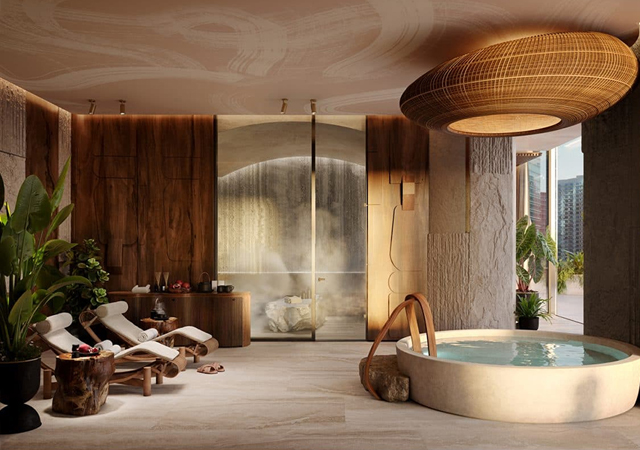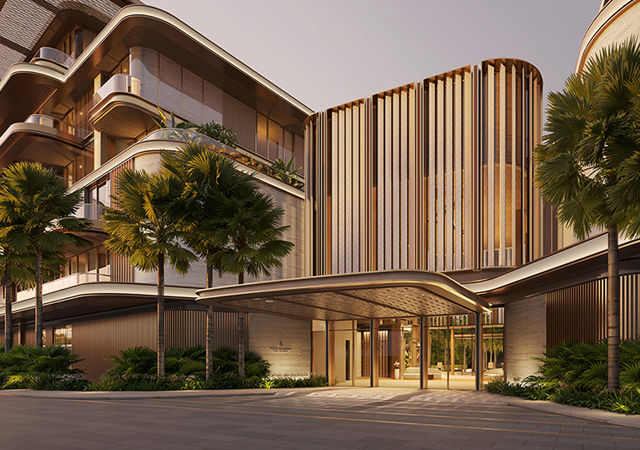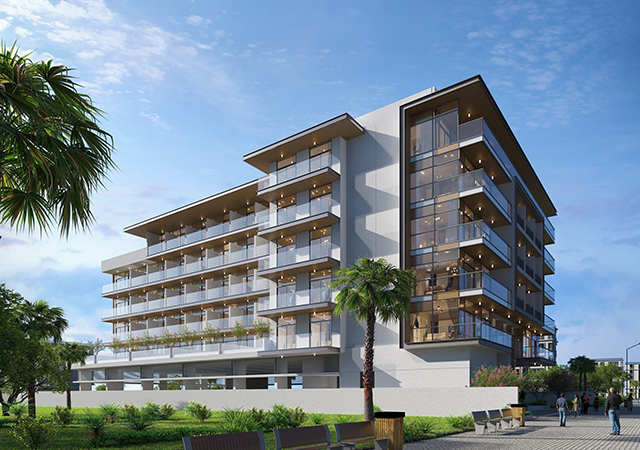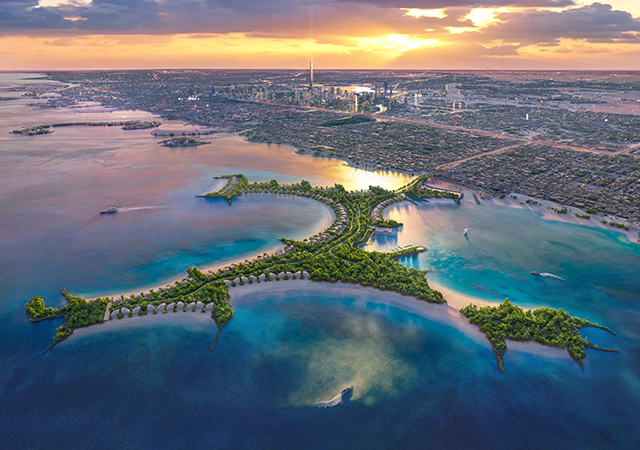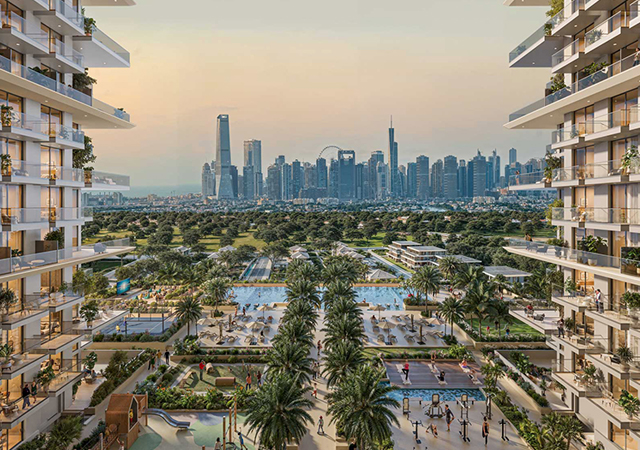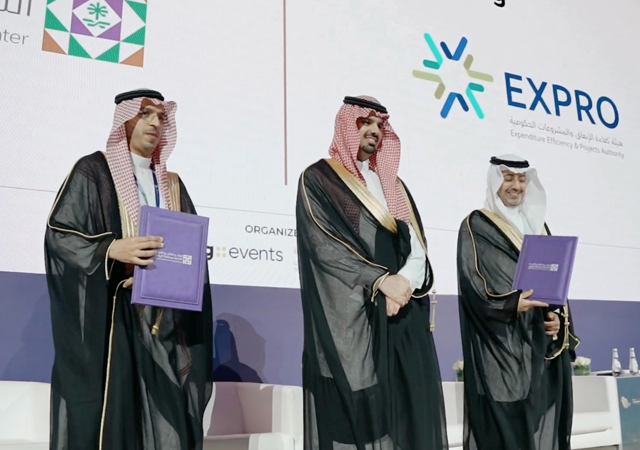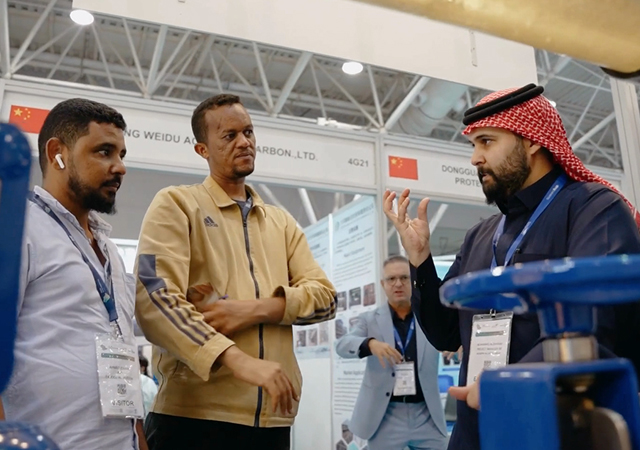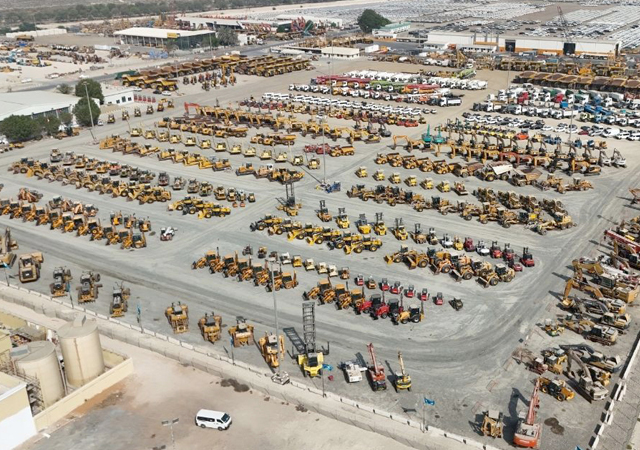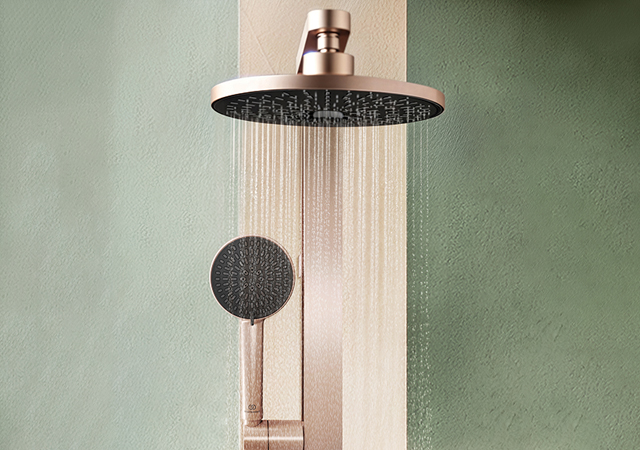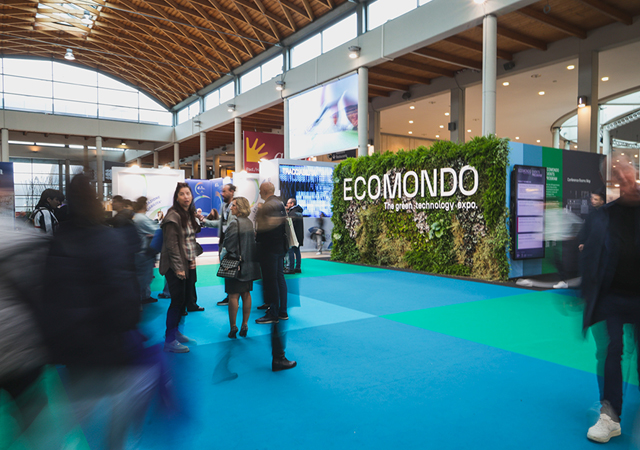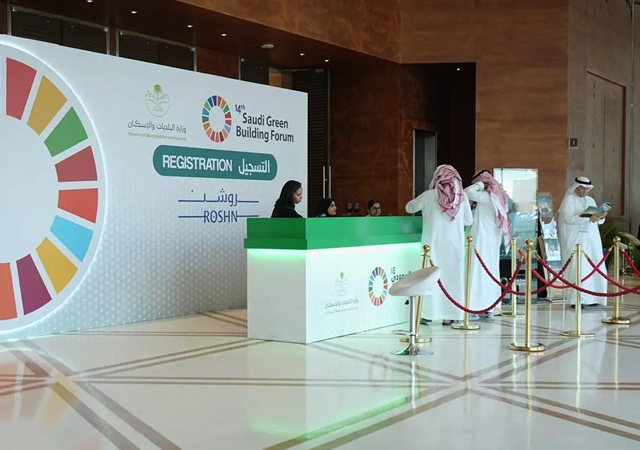
 Rising up ... an aerial view of The Palm, Jumeirah.
Rising up ... an aerial view of The Palm, Jumeirah.
WE HAVE all seen it take shape. Some have looked at it from 30,000 ft above, peeping out from the comfort of their airplane seat; others have seen satellite images shot from outer space. But GCM got the chance to set foot on The Palm – which involves the creation of the world’s largest two man-made islands known as The Palm, Jumeirah and The Palm, Jebel Ali – and see how the Eighth Wonder of the World is taking shape.
While reclamation on The Palm Jumeirah is now complete – as is evident from the distinctive outline which is clearly visible in photos taken by orbiting satellites – and the infrastructure phase is well under way, The Palm, Jebel Ali, is now emerging from the sea and the reclamation is more than 25 per cent complete.
Located just off the coast of Dubai, the two palm-tree-shaped islands are expected to contribute significantly to the city’s position as a premier tourist destination. The project will increase Dubai’s shoreline by a total of 120 km (a 166 per cent increase of the existing coastline) and create a large number of residential, leisure and entertainment opportunities, all within a unique setting.
The creation of The Palm is an extraordinary project of grand proportions. Each island will be built in the shape of a palm tree and consist of a trunk, a crown with 17 fronds and a surrounding crescent island – the back of which forms the breakwater. The Palm, Jebel Ali, will have the addition of a chain of water homes between the fronds and the crescent.
Between the two islands there will be around 60 hotels, 5,000 exclusive residential beachside villas, 5,000 shoreline apartments, marinas, water theme parks, restaurants, shopping malls, sports facilities, health spas, cinemas and extensive dive sites. While The Palm, Jumeirah, will be a retreat – a quiet, serene and safe haven for living, relaxation and leisure – The Palm, Jebel Ali, will be developed as a destination – a place of discovery, fun, excitement, activity and entertainment.
Several architectural styles have been designed so far ranging from traditional Arabian to modern European, and Mediterranean to Oriental, reflecting the eclectic tastes of the people that will live on The Palm. It will also be home to several marinas together capable of berthing hundreds of yachts. The marinas will also provide a shuttle service for guests staying at The Palm’s crescent island hotels.
The vision of The Palm was conceived by General Sheikh Mohammed bin Rashid Al Maktoum, Crown Prince of Dubai and UAE Defence Minister, and construction of The Palm, Jumeirah, and The Palm, Jebel Ali, commenced in June 2001 and October 2002 respectively, after many years of research. The Palm, Jumeirah, is on course to welcome the first of its residents in early 2006 while The Palm, Jebel Ali, will be ready for occupation towards the end of 2007.
Hill International, in association with Parsons International, is the project manager and is responsible for management of all programme elements including planning and design consultant management, cost management, schedule management, technical coordination with other developers and government entities and all activities towards accomplishing the successful completion of The Palm. HHCP (Helman Hurley Charvat Peacock/ Architects), a leading Florida-based design company, was retained by Parsons International to do the concept design and initial overall master planning of The Palm.
The main contractor for The Palm, Jumeirah, is Van Oord ACZ Marine Contractors Gulf FZE, Dubai, which is responsible for land reclamation and dredging works, while Archirodon Construction (Overseas) is responsible for building the breakwater. On the other hand, China Railway & Engineering Corporation is responsible for reclamation and dredging works on The Palm, Jebel Ali.
“Things are going according to plan,” Sultan Ahmed bin Sulayem, chairman of Nakheel, the developers, told GCM. “The Palm has been conceived and built on one premise – to create the Eighth Wonder of the World. The scale and vision of this project has captured the imagination of everyone associated with it.”
“The Palm is unique in the scale of its vision and the size of the development itself but, from a technical perspective, the islands have been relatively straightforward to construct,” Wahid Attalla, executive director, commercial and operations at Nakheel, told GCM. “We are working with the world’s leading experts in this field-marine construction, engineering and reclamation and we have been consistently impressed by the unerring eye for detail of these experts and those of the Nakheel engineering team and their insistence on the highest level of testing procedures throughout all phases of development… No effort has been spared to ensure that Nakheel delivers on its promise to create the Eighth Wonder of the World in The Palm. There is no room for error with this unique development.”
And yes, Nakheel is quick to dismiss rumours that The Palm, Jumeirah, is sinking. “The people who built the Palm islands are world-class experts in marine construction, engineering and reclamation. They come from a sea-affected nation such as Holland, which has overcome the battle against the sea and they know exactly what they are doing,” said Atallah. Added Sulayem, “These kinds of rumours come from the same kind of people who were talking about Burj Al Arab sinking and then tilting.”
“From the very beginning of the project we have worked with the world’s leading authorities to ensure that we are employing the most up-to-date technology and are benefiting from the latest experience and data on the construction of man-made islands,” added Attalla. “Only when the results of all of the studies had been fully analysed and our team was satisfied that work could begin did we enter the first phase of infrastructure development.”
Explained Peter de Ridder, managing director of Van Oord, the company responsible for the reclamation phase of The Palm, Jumeirah: “We have unmatched experience in building man-made islands throughout the world, having been involved in projects as diverse as the reclamation of Hong Kong airport and industrial areas in Singapore to sea defence works in Holland.”
Evidence of the commitment of Nakheel to test the robustness of the island is provided by studies that are continuing at the moment to check the impact on The Palm, Jumeirah, of earthquakes to a level of 2A. This is well beyond the scale of any geophysical disturbance ever recorded in Dubai. We are not obliged to carry out such studies under the existing, stringent, building regulations laid down by the Municipality,” pointed out Attalla. “This demonstrates once again our determination to leave absolutely nothing to chance with The Palm.”
The Palm Jumeirah
Being built along the Jumeirah coastline opposite the recently-established Dubai Internet City (about 25 km from the centre of Dubai City), The Palm, Jumeirah, will measure approximately 5 km in length and
5 km in width and the crescent island surrounding it will measure approximately
11 km in length. The reclamation of the island is complete and, right now, Nakheel is looking at landscaping, especially at the central frond. Several companies are testing different kinds of plants to assess which plants look good and which will survive on the island.
“Work is continuing briskly with more than 3,000 workers soon to arrive on the island,” said Sulayem. “These individuals will form the core team that will put in place the bulk of the infrastructure for the island. Preliminary work on the infrastructure stage of the project has already begun and the arrival of the workers will see the project continue to keep pace with the strict timetable that has been set.”
The Palm, Jumeirah, is designed to be a retreat and the canal that will flow through the trunk will provide additional water frontage, further enhancing the peaceful ambience of the island. Landscaped with lush tropical gardens and vegetation, the crescent island of The Palm, Jumeirah, will be home to around 40 luxury hotels. For the boutique hotels, a variety of country themes and styles of guest experiences, have been proposed by the developers. It is expected that each hotel will have a theme complemented by a style of guest experience. The 40 themes suggested for the exclusive boutique hotels range from Greek to Taiwanese, New Guinean, Mexican, Hawaiian, Australian, Moroccan, Tahitian, Goan, Tanzanian, Balinese, Cuban, and Sicilian to name a few. The four types of guest experience suggested to complement these uniquely themed hotels are ‘Tranquility’, ‘Pampered’, ‘Social’ and ‘Health’.
In addition to the hotels on the crescent, there will be more on the trunk, the heart of The Palm. This will be the busiest part of the island and will house seven hotels on its main body as well as all of the 2,002 apartments. The latter will be located along the right side of the trunk. The tip of the trunk will be the marina area and this part will house an additional two hotels. The trunk will also house the shopping mall.
In addition, The Palm, Jumeirah, is also developing an expansive ‘Dive Experience’. The man-made dive park is set to be a diver’s delight and a world of discovery under the sea. Keeping with the diverse offering on The Palm, divers will have the choice of four key themed areas including ‘Snorklers’ Cove’, ‘The Lost City’, ‘Dives of The World’ and a ‘Spear Fishing’ area. The ‘Dives of the World’ experience will be located just outside the crescent island. Various artificial reefs will be created and placed to simulate the coral and bottom topography that you might find whilst diving in the famous dive destinations of the Red Sea, Maldives, Bali, Palau and The Great Barrier Reef.
For those wanting a more challenging experience a Spear Fishing dive park will be located in an area beginning 1 km offshore from the centre of the crescent. A range of wrecks are being be transported to site and submerged, including two passenger aircraft, an Illuyshin 86 and Airbus 300 along with the possibility of a train from India and several cars.
All 2,002 apartments and 1,800 villas on The Palm, Jumeirah, have been sold out. In fact, there is a premium of as high as 40 per cent on some of the properties. All seven hotel plots on the trunk are sold.
The Palm Jebel Ali
Being built approximately 22 km from The Palm, Jumeirah, The Palm, Jebel Ali, is adjacent to the Jebel Ali Golf Resort and Spa. Spanning 7 km in length and 7.5 km it will be 50 per cent larger than The Palm, Jumeirah, and is being developed as a ‘destination’. The crescent island surrounding The Palm, Jebel Ali, will measure approximately 15.5 km in length. Over 1,000 water homes built on stilts will form a 12-km chain between the fronds and the crescent.
“Construction is progressing rapidly, the trunk is now connected to the mainland and more than 25 per cent of the entire island is now reclaimed from the sea,” said Sulayem. Once completed, the trunk of The Palm, Jebel Ali, will measure 2.4 km in length and 450 m in width and feature a ‘Sea Village’ theme. World-class attractions like aquariums, dolphins and a killer whale stadium are set to entice both residents and tourists alike. Eight luxury hotels will provide unsurpassed ocean views and proximity to the leisure activities of the ‘Sea Village’ that also features cinemas, amphitheatres and event plazas. The Palm, Jebel Ali, will also host up to 50 hotel developments of up to 400 rooms each. In addition, the design of The Palm, Jebel Ali, has been modified so that some its waterfront homes now spell out an Arabic poem written by Sheikh Mohammed, when viewed from above.
“The majority of reclamation work to date has involved putting the footprint in place under the water. This is then gradually built upwards and will become visible above the water,” said Attalla. “A team of more than 300 workers, 14 barges, 11 tug boats, four dredgers and ten other vessels are working around the clock to ensure the strict deadline for construction of the island is maintained.” In total 30 million cu m of sand and rock have been put in place on the island.
On the crescent island of The Palm, Jebel Ali, investors in certain areas, will be given the freedom to design their purchased plot as per their individual requirements. This crescent can accommodate a variety of properties ranging from exclusive residential homes such as palaces, mansions and villas to boutique hotels, resorts and exclusive marinas.
The majority of residential properties on the island were released for sale last year and are now nearing sellout. In total, there will be approximately 2,000 signature villas, garden homes and town homes, together with several luxury apartment buildings and 1,060 water homes on The Palm, Jebel Ali, at a cost ranging from Dh1,870,000 to Dh5,115,000 each. “Some 90 per cent of signature villas, garden homes and water homes have already been sold,” said Sulayem. However, the apartments are yet to be released for sale.



